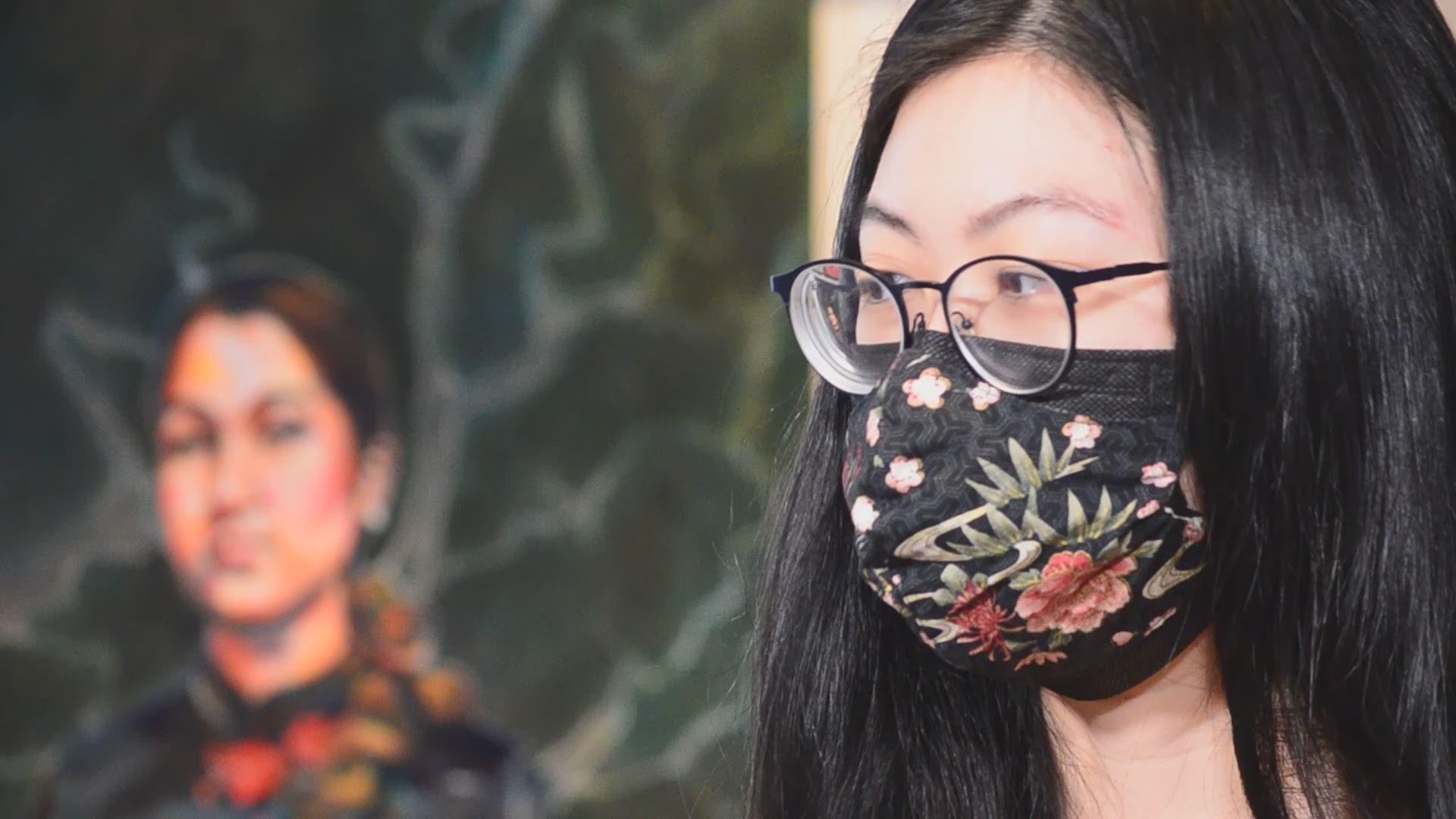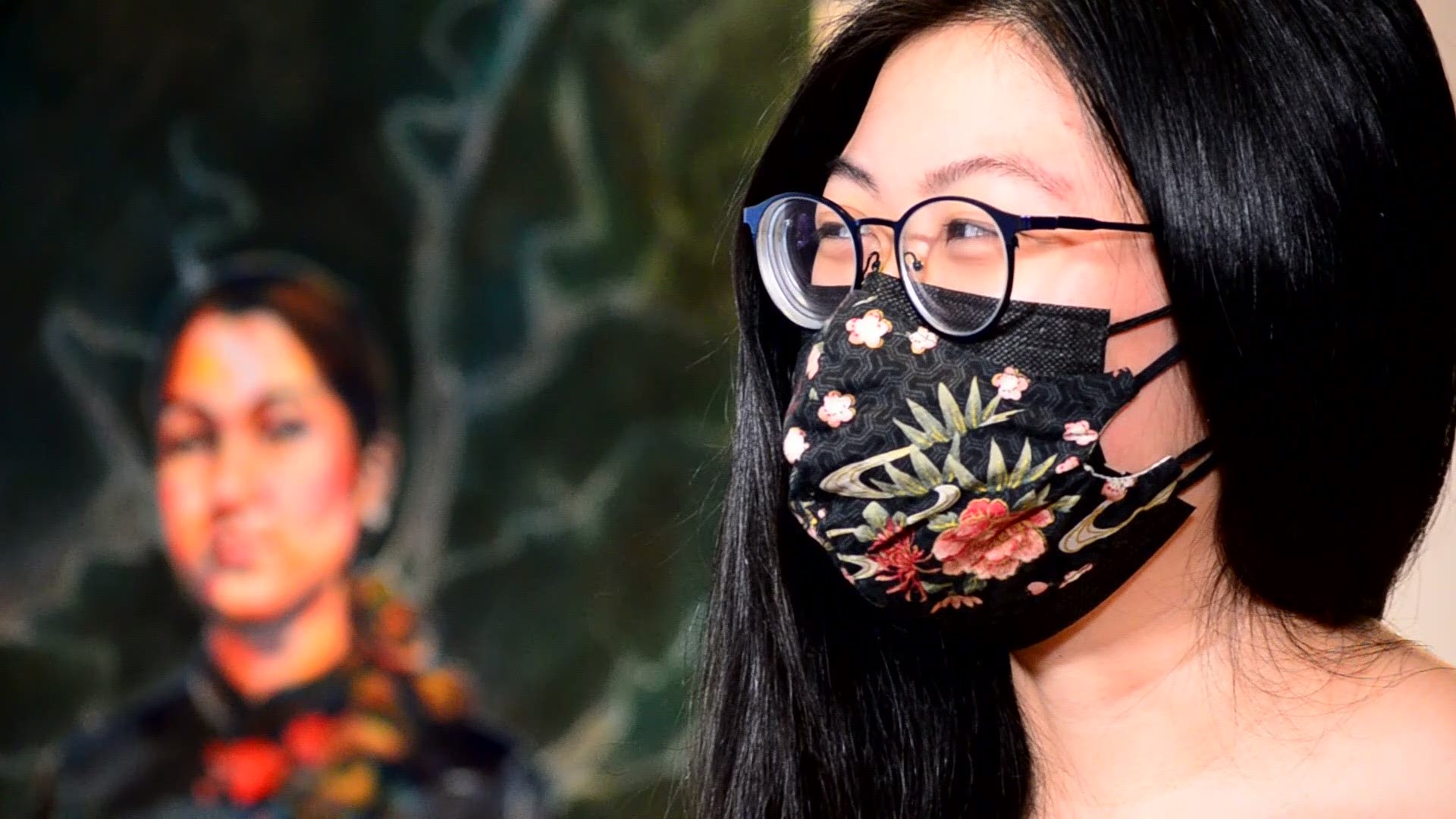WASHINGTON — Born and raised in Maryland with roots in Taiwan, Michelle Chen has never really felt like she belonged. But whether she was at home, on the Metro to D.C., or flying to see family in Taiwan, she was intent on finding the beauty of the place where she had her feet.
Her family, both near and far, encouraged her creative side through action, if not always with their words. Her family home in Taiwan has art made by her great-grandfather covering every inch of the home.
“For me personally, when I go back to Taiwan and my grandparents' house are these floor-to-ceiling paintings my great-grandfather created," Chen said. like Traditional Chinese paintings and calligraphy. They were this sort of thread connecting me to my history, my ancestry.”
This thread wove its way around Chen and at the age of five, she started to study the art of calligraphy. She found that this could be her escape and that the practice of the ancient art brought her to states of deep meditation. She found focus and meaning in artistic and creative ways, and the artistic thread that wove its way around her, slowly started to transform into a tree branching out as she attempted other facets of art.
“I do calligraphy, portraiture and I also do larger scale murals," Chen said. "So all of these things kind of run together for me. I think maybe art is one way that I make sense of the world.”
But art wasn’t the only way Chen would end up making sense of the world. She is a self-proclaimed linguaphile, and as she went through schooling she used her love of language and art to express herself. Enrolling herself in a study abroad program after high school, Chen flew to the Middle East to study Arabic calligraphy, furthering her growth in artistic ways. She returned in 2010 just before the Egyptian revolution, and watching the revolution occur from afar ended up shaping her artistic and educational journey.
“A big part of what caught the attention of the world was street art, public art, murals, and graffiti," Chen said. "In many ways that’s just the tip of the iceberg of what is happening in a social movement, the bit that’s physical.”
For Chen, her art is an opportunity to give a voice to the voiceless.
“I tend to try to dig into the stories, or try to find where the story is," Chen said. "For example for a portrait, what is the unique biography of this person? What is essential to them? At the end of the day, a painting cannot capture the fullness of a human. This is just one kind of truth. These lines tangent to a curve.”
Chen has found that her artistry could be a loud voice for those voices stifled in a crowded world. Her portraits and murals started to come with a message showing the world what it means to be a woman, what it means to be Asian American. Themes of silence, effacement, estrangement, took root to become very central in her experience.
“It’s something I can’t help but feel connected to or moved by," she said. "I just want to put some shine on people to uplift the people who were doing the work.”




